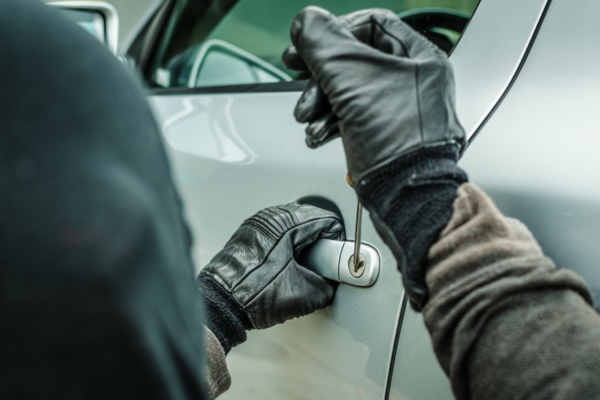The real cost of car theft – It pays to mitigate your risk
While insurance is an essential aspect of recovering financially from vehicle theft, there are still unexpected costs you may not have planned for, and some which you cannot attach a monetary value to. “The best advice is to mitigate your risk as far as possible with correctly scoped insurance and advice, deploying security measures to deter would-be criminals, strictly adhere to road safety rules and to drive defensively,” says Mandy Barrett, of insurance brokerage and risk advisors, Aon South Africa.
| 52
Hijackings every day |
109
Vehicles are stolen daily |
246
Theft out of or from a vehicle per day |
*Source: SAPS crime stats 2020/2021
Aon South Africa list a few unexpected costs to consider as well as safety measures that could help you to mitigate the risk of car theft:
- Insurance deductible or excess – an insurance claim is subject to a basic excess, usually 5% of the loss, which is something to take into account. If you are over the age of 55 years, you don’t pay a basic excess on Aon designed personal products.
- Your monthly motor insurance premium is likely to increase following a claim due to the loss of your ‘no claim bonus’.
- You can mitigate against theft by parking in a safe area and locking your vehicle at night. Most insurers will offer a premium discount should you volunteer to install an approved tracking system where the policy condition does not require one.
- Check that you have included the maximum car hire on your policy to avoid the cost and inconvenience of being without transport while your insurer is sorting out your vehicle following an incident.
- Avoid leaving valuables in your vehicle – if unavoidable, make sure it is out of sight. Items that you bring along in your vehicle, such as your laptop, smartphones and luggage to mention a few, must normally be specified under your All risks cover, or these items won’t be covered.
- Car remote jamming remains a trend and there is generally no cover if there is no evidence of a break-in to your vehicle – it is important to check that your car is locked before walking away.
- Understand the Basis of Loss Settlement on your insurance – Retail value is the price at which the dealer will sell a vehicle to you. Market value is what you could expect if you trade the vehicle in. Insurers will usually stipulate on which basis the claim will be calculated.
- Credit shortfall cover should be taken where the outstanding balance exceeds the retail value of the vehicle, enabling you to settle outstanding debt if your car is stolen or written off.
- Drive Defensively by being aware of road and weather conditions, other road users and hazardous situations and take steps to avoid becoming a statistic.
- It is the responsibility of the driver to take due care by abiding to the rules of the road and keeping your vehicle in a roadworthy condition.

“Your ultimate goal is to mitigate your risk as far as possible and have appropriate insurance in place for those mishaps that cannot be avoided, putting you back in the same position – financially – as you were before the loss,” says Mandy.
“This is where the value of having an expert broker by your side comes to the fore. Your broker will guide you through understanding the policy wording and will also point out any gaps in your insurance cover that could leave you compromised – something many people only discover at claims stage when it’s too late and they’re out of pocket,” Mandy concludes.




